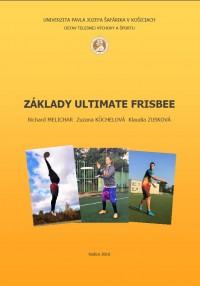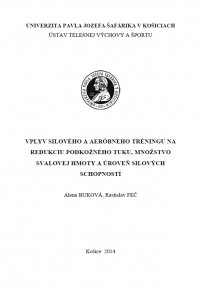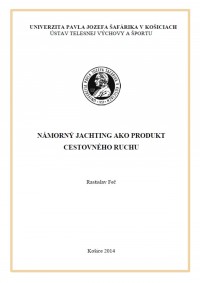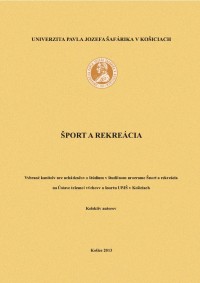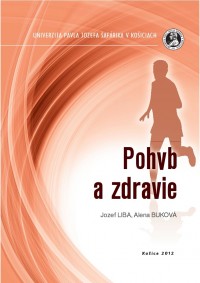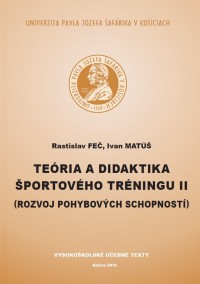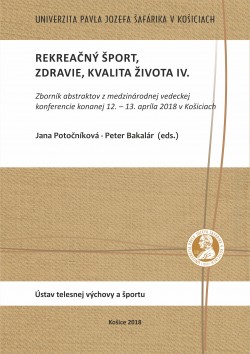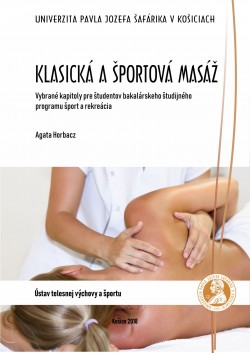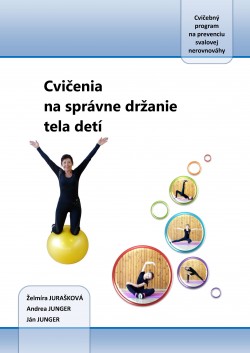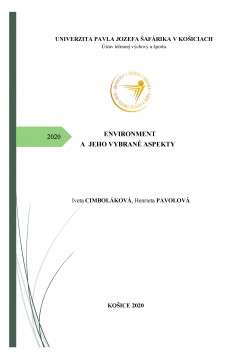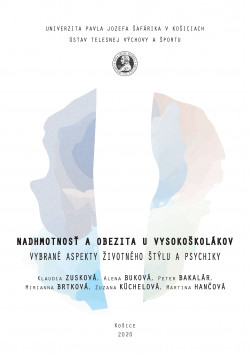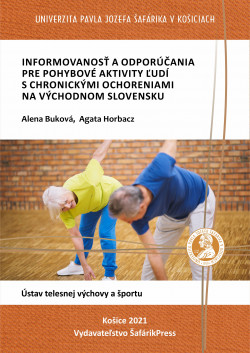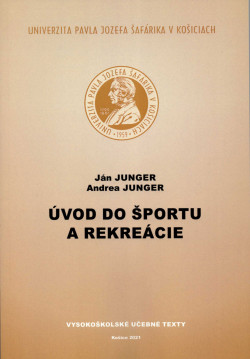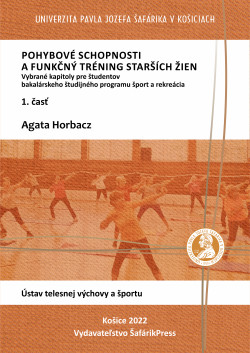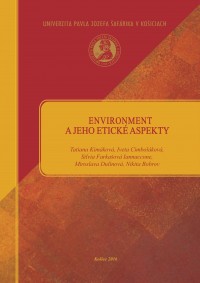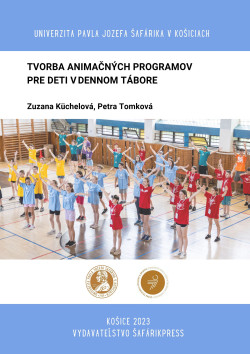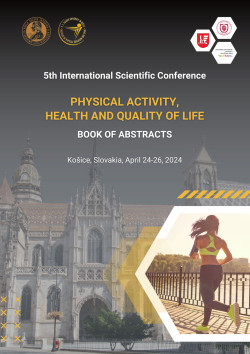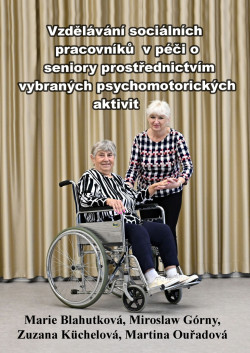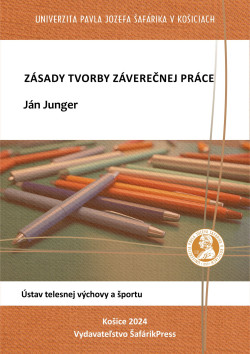No products
Product successfully added to your shopping cart
There are 0 items in your cart. There is 1 item in your cart.
Physical load of preschool children in kindergarten
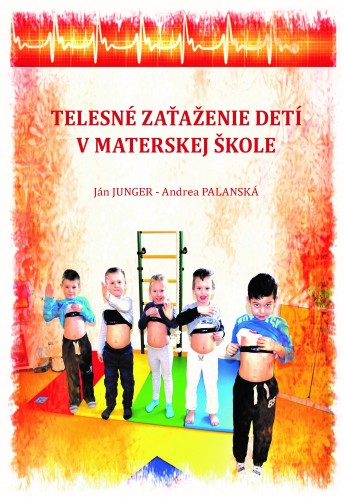
Data sheet
| Authors: | prof. PaedDr. Ján Junger, PhD. • Mgr. Andrea Palanská PhD. |
| Year of publication: | 2017 |
| Available from: | november 2017 |
| Edition: | 1st edition |
| Document type: | Monograph |
| Publication language: | Slovak |
| Number of pages: | 133 |
| Institute: | Ústav telesnej výchovy a športu |
| Note: | Monografia je súčasťou výstupov výskumnej úlohy VEGA 1/0237/13 „Telesný, motorický a funkčný rozvoj detí predškolského veku v reflexii Štátneho vzdelávacieho programu ISCED 0“ |
More info
In terms of developmental changes, the pre-school period is the most important period of ontogenesis. It is the most important part of life for acquiring life-long habits and fundamental movement skills. Kindergarten is the institution responsible for providing pre-school children with physical education on a professional level; however, in its primary curriculum, physical activity is mentioned in only one out of seven aims of pre-school education. The above mentioned facts as well as current research showing insufficient amount and intensity of physical activity during children’stay in kindergartens have been the motivation for this research. The aim of the dissertation was to increase knowledge of physical load in pre-school children at kindergartens within the context of The national curriculum ISCED 0 and to compare our results with past research findings. We used Polar Team2 monitoring system to measure physical load and the method of observation to record physical activity of 229 children at 12 randomly selected kindergartens. We found out that the average duration of physical activity per day during the monitored weeks was 72, 7 minutes. Our results also indicate that as much as 63, 2% of physical activity was performed at a low intensity, forasmuch as children spend only 27 minutes per day at a more stimulating high intensity zone. During the organizational form of ‘stay outside- unstructured free play’ children were measured the highest heart rate. Based on our findings we point out that during the monitored period the pre-school children did not meet recommendations on physical activity for health. Research results also suggest the downward trend in the amount of physical activity compared with former periods when kindergartens followed The programme for pre-school children education. Similarly, our findings indicate that low physical load in pre-school children is mainly the consequence of the actual status of physical education within The National curriculum ISCED 0.


